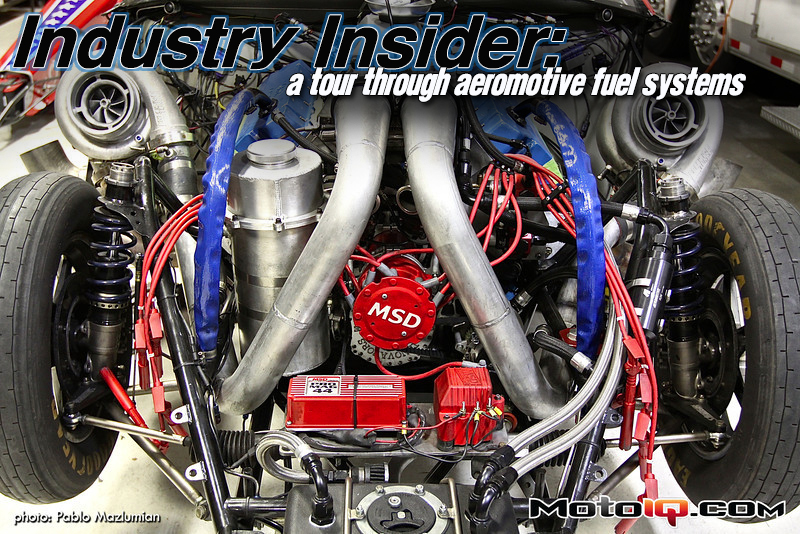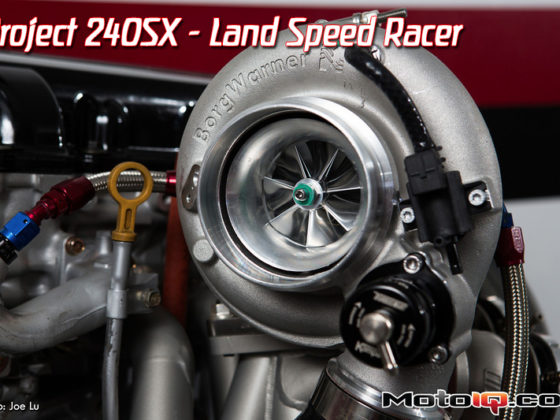,
Using basic business principles, Aeromotive schedules to make only what is forecasted to sell, based on previous sales. Also, Aeromotive contracts out the majority of the machining process to build its products to their desired specs. “We would need the CNC machines to be operating shift after shift to make them profitable, but that isn’t realistic,” says Marketing Director, Jesse Powell. In addition, Aeromotive’s distribution partners, like Motovicity, inventory most of the product that is purchased by the end user through these partners' retailers.
As a result, a company as well known as Aeromotive can operate out of a much smaller facility with just 17 full-time employees. Keeping unnecessary overhead costs down provides the leverage to produce a high-quality product at a very competitive price.

Every part is hand-assembled at Aeromotive. Dave, who is the master pump builder of the larger Aeromotive pumps, is seen here putting one together.
The Aeromotive pump tolerances are super tight and each pump is hand built by one of the firm’s master pump builders. Having been in business now 20 years, it’s impressive to learn that each pump builder has a minimum of 15 years experience with Aeromotive alone.

Here is a shot of the famed A1000 Aeromotive pump, which can flow 600 lb/min and is good for over 1000hp on a turbo car (and more for normally-aspirated). This one is actually a drop-fit for the fifth generation Camaro.

The pump includes a high quality stainless steel, 40-micron fuel filter that’s better than the cheap scavenging plastic bags you see on other systems.

Here are several pumps about to get tested. The ones in the back have already passed and are simply draining before packaging. At Aeromotive, every single product is tested before it leaves the facility, and sometimes even twice.

We happened to also catch one of the larger pumps being tested.



